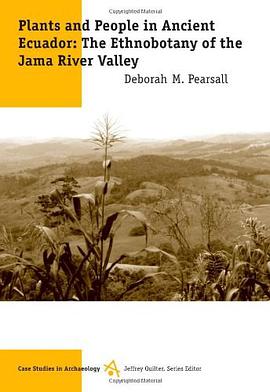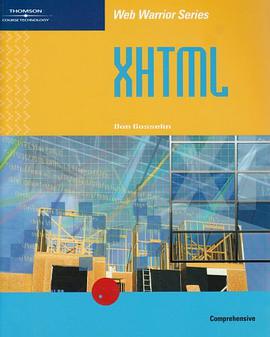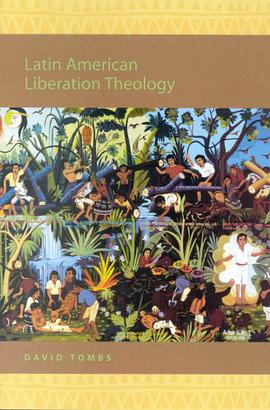

具体描述
The focus of this case study is the changing social and economic structure of the henequen zone in northwest Yucatan, Mexico, with special attention paid to women's economic participation. The henequen zone is unique in that it has been dominated by hacienda and state-controlled monocrop production since the colonial era. In recent years, this system of production has deteriorated. Since the author's first fieldwork in the 1970's, the area has faced economic decline as the henequen (sisal used for the production of binder twine and rope) market has collapsed. Recent national policies have further shaped the current economic and social conditions in the region. During numerous research periods since that time, the author has been recording the following trends in one village: The increase in mixed economic strategies among villagers The dramatic expansion of women's economic participation outside of the home and their increased social and political involvement in the village Out-migration from the village to Meria, the state capitol, to the resort islands of the Caribbean, and in some cases, outside of the state of Yucatan. Within these shifting economic and social positions, the text explores how families and communities develop in order to maintain themselves and their culture. The theme of the case study is change and resilience.
作者简介
目录信息
读后感
评分
评分
评分
评分
用户评价
相关图书
本站所有内容均为互联网搜索引擎提供的公开搜索信息,本站不存储任何数据与内容,任何内容与数据均与本站无关,如有需要请联系相关搜索引擎包括但不限于百度,google,bing,sogou 等
© 2026 book.wenda123.org All Rights Reserved. 图书目录大全 版权所有




















